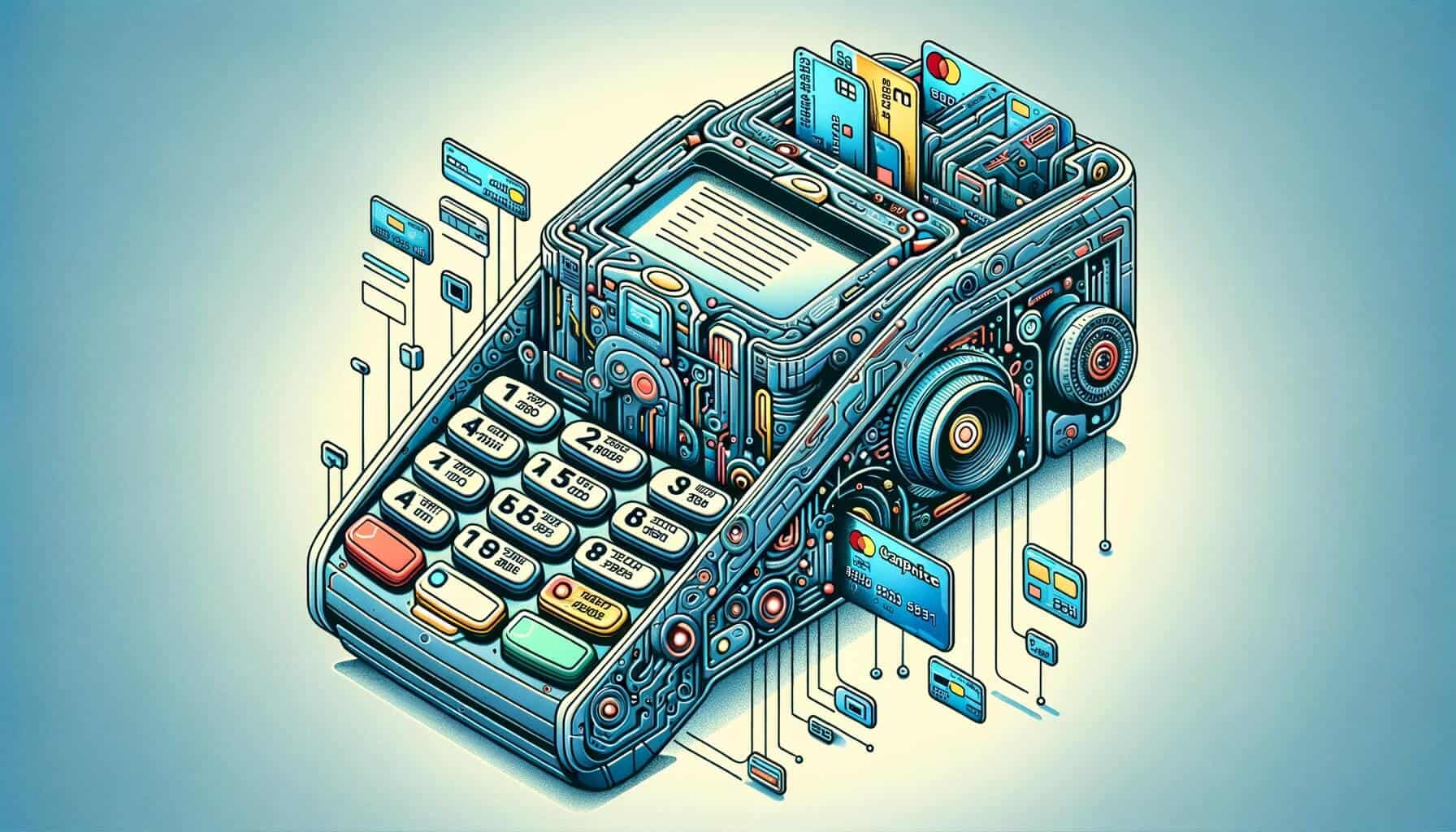
By Harriet Forster March 24, 2025
Credit card machines have become an integral part of our daily lives, allowing us to make purchases conveniently and securely. These machines, also known as point-of-sale (POS) terminals, have revolutionized the way we conduct transactions.
In this comprehensive guide, we will delve into the inner workings of credit card machines, exploring their basic functions, types, transaction processing, payment gateways, security measures, troubleshooting common issues, and frequently asked questions.
Understanding the Basics of Credit Card Processing
Before we dive into the intricacies of credit card machines, it is essential to understand the basics of credit card processing. When a customer makes a purchase using a credit card, the transaction goes through a series of steps to ensure the payment is authorized and processed correctly.
The process begins when the customer swipes, inserts, or taps their credit card into the machine. The machine then reads the card’s information, including the cardholder’s name, card number, and expiration date. This data is encrypted to protect it from unauthorized access.
Next, the credit card machine sends the encrypted information to the payment processor, which acts as an intermediary between the merchant and the customer’s bank. The payment processor verifies the card’s validity, checks for available funds, and confirms whether the transaction should be approved or declined.
If the transaction is approved, the payment processor sends an authorization code back to the credit card machine. This code confirms that the payment has been authorized and allows the merchant to complete the sale. The machine then prints a receipt for the customer to sign or provides an electronic receipt.
Types of Credit Card Machines
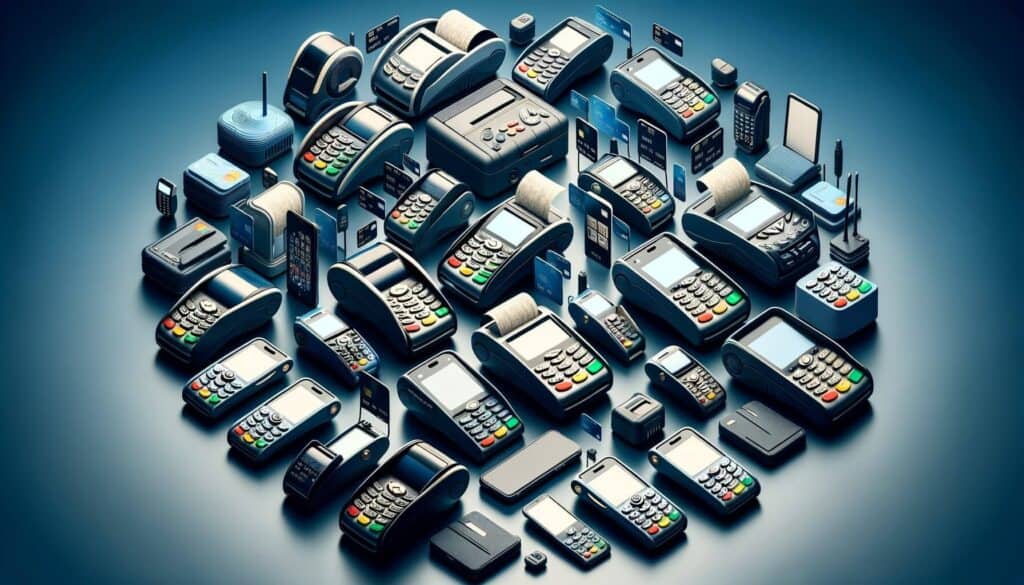
Credit card machines come in various types, each catering to different business needs and preferences. Let’s explore the most common types of credit card machines available in the market today.
1. Traditional Wired Credit Card Machines: These machines are connected to a phone line or internet connection and require a physical connection to process transactions. They are reliable and widely used in retail stores, restaurants, and other businesses that have a fixed location.
2. Wireless Credit Card Machines: As the name suggests, wireless credit card machines do not require a physical connection. They use wireless networks, such as Wi-Fi or cellular data, to process transactions. These machines are ideal for businesses that operate on the go, such as food trucks or delivery services.
3. Mobile Credit Card Machines: Mobile credit card machines are small, portable devices that can be attached to smartphones or tablets. They use a mobile app and a card reader to process transactions. These machines are popular among small businesses and individuals who need a flexible and affordable payment solution.
4. Virtual Credit Card Machines: Virtual credit card machines are software-based solutions that allow businesses to process payments online. Customers enter their credit card information on a secure webpage, and the transaction is processed electronically. These machines are commonly used by e-commerce websites and businesses that operate solely online.
How Does a Credit Card Machine Process Transactions?
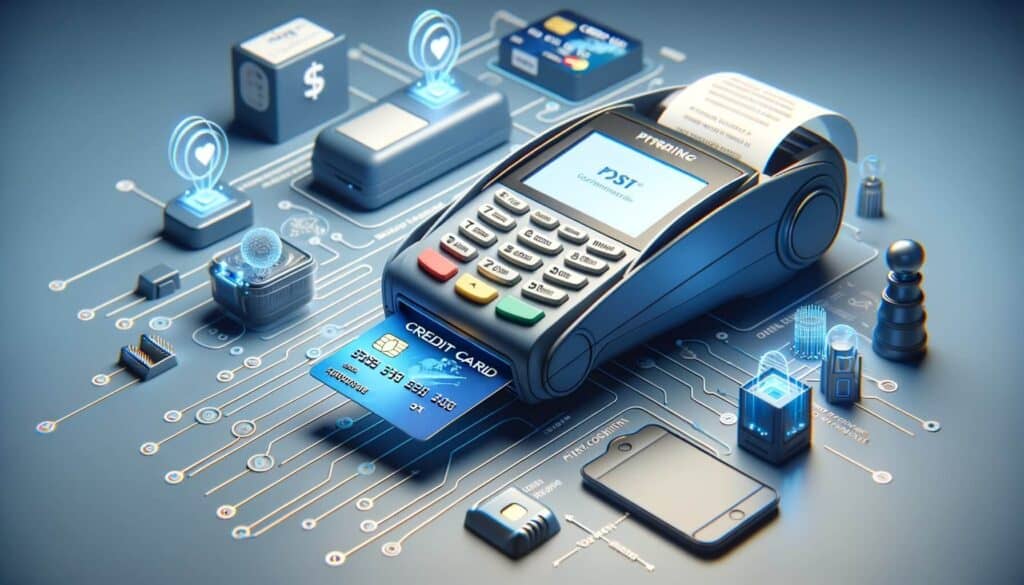
Now that we have a basic understanding of credit card machines and their types, let’s explore how these machines process transactions in more detail.
1. Card Data Entry: When a customer presents their credit card for payment, the machine reads the card’s information using various methods, such as swiping, inserting, or tapping. The machine captures the cardholder’s name, card number, expiration date, and sometimes the CVV code.
2. Encryption: To protect the cardholder’s data from unauthorized access, credit card machines encrypt the information before transmitting it to the payment processor. Encryption ensures that even if the data is intercepted, it cannot be deciphered without the encryption key.
3. Authorization Request: Once the cardholder’s data is encrypted, the credit card machine sends an authorization request to the payment processor. This request includes the encrypted card information, transaction amount, and merchant details.
4. Payment Processor Verification: The payment processor receives the authorization request and verifies the card’s validity, checks for available funds, and confirms whether the transaction should be approved or declined. The processor communicates with the cardholder’s bank to gather this information.
5. Authorization Response: After verifying the transaction, the payment processor sends an authorization response back to the credit card machine. This response includes an authorization code if the transaction is approved or a decline code if the transaction is declined.
6. Completion of Sale: If the transaction is approved, the credit card machine completes the sale by printing a receipt for the customer to sign or providing an electronic receipt. The merchant can then proceed with delivering the goods or services to the customer.
The Role of Payment Gateways in Credit Card Processing
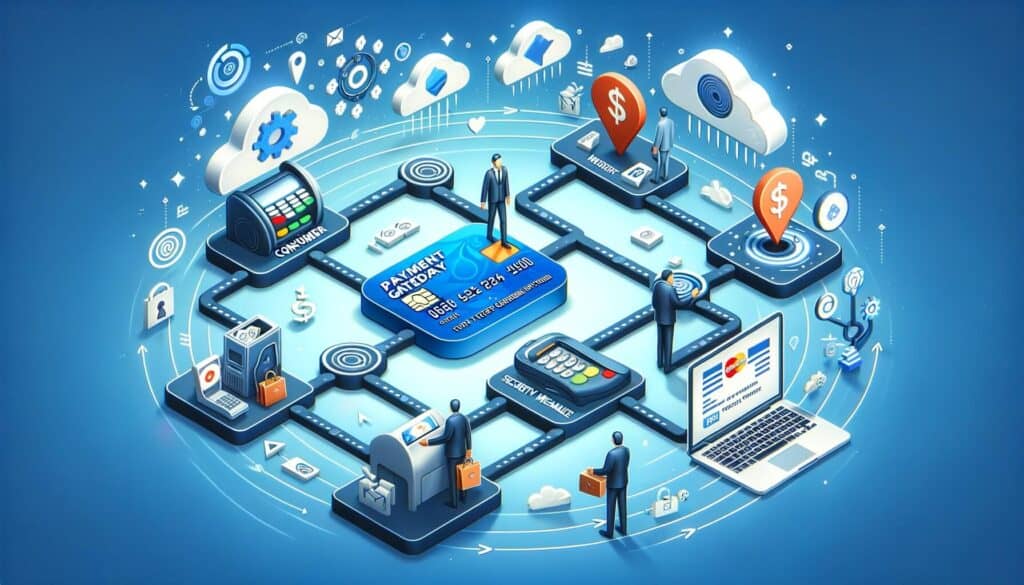
Payment gateways play a crucial role in credit card processing, acting as a bridge between the credit card machine and the payment processor. Let’s explore the functions and importance of payment gateways in more detail.
1. Data Encryption: Payment gateways encrypt the cardholder’s data before transmitting it to the payment processor. This encryption ensures that sensitive information remains secure throughout the transaction process.
2. Transaction Routing: Payment gateways route the transaction data to the appropriate payment processor based on the card type, such as Visa, Mastercard, or American Express. They ensure that the transaction reaches the correct network for processing.
3. Fraud Detection: Payment gateways employ advanced fraud detection tools and algorithms to identify and prevent fraudulent transactions. They analyze various factors, such as transaction patterns, IP addresses, and cardholder behavior, to detect suspicious activity.
4. Integration with Merchant Systems: Payment gateways integrate seamlessly with the merchant’s point-of-sale system, allowing for real-time transaction processing and inventory management. This integration ensures that the merchant’s systems are updated accurately and efficiently.
5. Settlement and Reporting: Payment gateways facilitate the settlement process by transferring funds from the customer’s bank to the merchant’s account. They also provide detailed transaction reports, allowing merchants to track sales, reconcile accounts, and analyze customer behavior.
Security Measures in Credit Card Machines
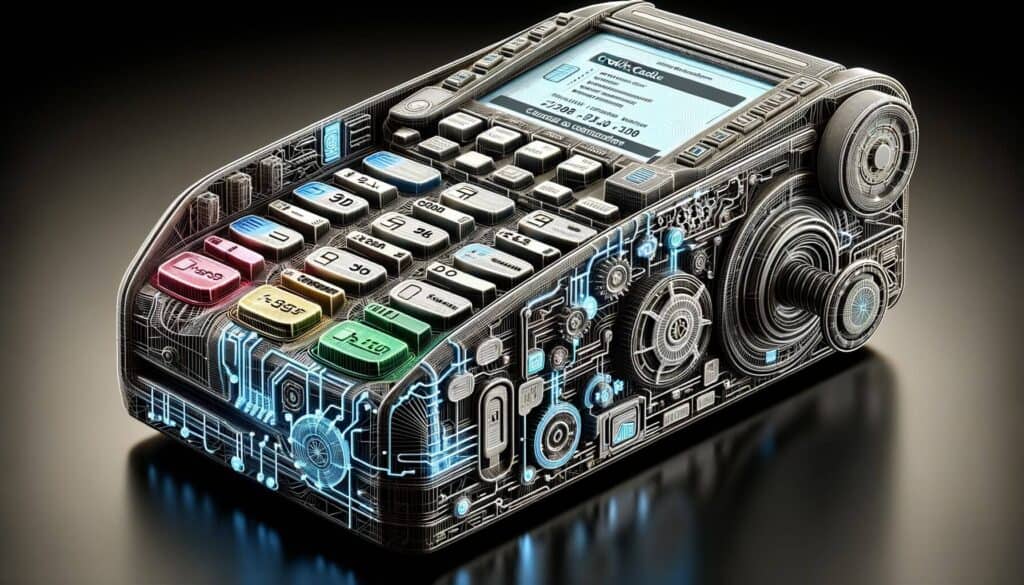
Security is of utmost importance when it comes to credit card machines. These machines handle sensitive customer data, and any breach can have severe consequences. Let’s explore the security measures implemented in credit card machines to protect against fraud and unauthorized access.
1. Encryption: Credit card machines use encryption algorithms to encrypt the cardholder’s data before transmitting it to the payment processor. This encryption ensures that even if the data is intercepted, it cannot be deciphered without the encryption key.
2. Tokenization: Some credit card machines employ tokenization, a process that replaces the cardholder’s data with a unique identifier called a token. This token is used for transaction processing, while the actual card data is stored securely in the payment processor’s system. Tokenization adds an extra layer of security by reducing the risk of exposing sensitive card information.
3. EMV Chip Technology: EMV (Europay, Mastercard, and Visa) chip technology has become the standard for credit card security. Credit card machines equipped with EMV chip readers can read the chip embedded in the card, which contains encrypted data. This technology makes it extremely difficult for fraudsters to clone or counterfeit credit cards.
4. PCI DSS Compliance: Payment Card Industry Data Security Standard (PCI DSS) is a set of security standards that all businesses accepting credit card payments must adhere to. Credit card machines must be PCI DSS compliant, ensuring that they meet the necessary security requirements to protect cardholder data.
5. Point-to-Point Encryption (P2PE): Point-to-Point Encryption is a security measure that encrypts the cardholder’s data at the point of entry and keeps it encrypted until it reaches the payment processor. This encryption ensures that the data remains secure throughout the entire transaction process, reducing the risk of data breaches.
Troubleshooting Common Issues with Credit Card Machines
While credit card machines are designed to be reliable and efficient, they can encounter issues from time to time. Let’s explore some common problems that merchants may face with credit card machines and how to troubleshoot them.
1. Connection Issues: If the credit card machine is not connecting to the internet or phone line, check the cables and connections to ensure they are secure. Restart the machine and the router or modem if necessary. If the problem persists, contact your internet service provider or the credit card machine’s manufacturer for further assistance.
2. Card Reading Errors: If the credit card machine is having trouble reading cards, ensure that the card is inserted or swiped correctly. Clean the card reader with a soft cloth to remove any dirt or debris that may be obstructing the reading process. If the problem persists, contact the manufacturer for guidance.
3. Transaction Declines: If a transaction is declined, check the cardholder’s information for accuracy, such as the card number, expiration date, and CVV code. Ensure that the card is not expired and that the customer has sufficient funds. If the decline persists, advise the customer to contact their bank for further assistance.
4. Printer Issues: If the credit card machine’s printer is not functioning correctly, check the paper roll to ensure it is properly inserted and not jammed. Clean the printer head with a soft cloth to remove any debris that may be affecting the print quality. If the issue persists, consult the manufacturer’s troubleshooting guide or contact their support team.
5. Software Updates: Regularly update the credit card machine’s software to ensure it has the latest security patches and features. Check the manufacturer’s website or contact their support team for instructions on how to update the software.
Frequently Asked Questions about Credit Card Machines
Q1. What is the difference between a credit card machine and a payment terminal?
Answer: A credit card machine and a payment terminal are essentially the same thing. They both refer to the device used to process credit card transactions. The term “credit card machine” is more commonly used in everyday language, while “payment terminal” is often used in the context of business and technical discussions.
Q2. Can credit card machines process debit card transactions?
Answer: Yes, credit card machines can process debit card transactions. Debit cards can be processed as either “credit” or “debit” transactions, depending on the customer’s preference. When processed as a credit transaction, the funds are deducted from the customer’s bank account, similar to a credit card transaction.
Q3. How long does it take for a credit card transaction to be processed?
Answer: The time it takes for a credit card transaction to be processed can vary depending on various factors, such as the payment processor, the merchant’s bank, and the customer’s bank. In general, most transactions are processed within a few seconds to a few minutes.
Q4. Can credit card machines accept contactless payments?
Answer: Yes, many credit card machines are equipped with contactless payment technology, such as Near Field Communication (NFC). This technology allows customers to make payments by simply tapping their contactless-enabled credit or debit card, smartphone, or wearable device on the machine.
Q5. Are credit card machines secure?
Answer: Credit card machines employ various security measures, such as encryption, tokenization, EMV chip technology, and PCI DSS compliance, to ensure the security of cardholder data. However, it is essential for merchants to follow best practices, such as regularly updating software and adhering to security guidelines, to maintain the security of their credit card machines.
Conclusion
Credit card machines have revolutionized the way we conduct transactions, providing convenience and security to both merchants and customers. Understanding the basics of credit card processing, the different types of credit card machines, and how transactions are processed is crucial for businesses and individuals alike.
By implementing robust security measures and troubleshooting common issues, merchants can ensure smooth and secure transactions for their customers. As technology continues to evolve, credit card machines will undoubtedly play a vital role in shaping the future of commerce.